Obturator internus muscle: Origin, Insertion, Exercise
Obturator internus is a deep hip rotator muscle that arises from the medial surface of the ischium and inserts into the femur. It is used to abduct the hip and rotated the thigh laterally. It is innervated by the anterior division of the obturator nerve (L2, L3)a branch of sacral plexus.
The obturator nerve also have a nerve supply to muscles of the medial compartment of the thigh (obturator externus and adductors longus and brevis), and the knee (sartorius). The obturator internus has a weak attachment to the medial side of the ischium. It runs from superior to inferior.
This muscle is mainly a part of a muscle of the lower limb and the piriformis, quadratus femoris, superior gemellus and inferior gemellus muscles, all together located in the deep layer of muscles of the gluteal region, covered by the inferior half of the gluteus maximus muscle.
The obturator internus muscle, the superior and inferior gemelli muscles are together named as the triceps coxae. They have a common tendon, inserting at the greater trochanter of the femur.
Here in this article we give information about the origin, insertion and exercise of the obturator internus muscle.
Table of Contents
Origin
- Pelvic surface of the obturator membrane; bony boundaries of the obturator foramen.
- Pelvic surface of the body of the ischium, ischial tuberosity, ischiopubic rami, and ilium below the pelvic brim.
- Obturator fascia.
Insertion
- The tendon of the obturator internus leaves the pelvis through the lesser sciatic foramen.
- Here it bends at a right angle around the lesser sciatic notch and runs laterally to be inserted into the medial trochanter of the femur.
Nerve Supply
Nerve to obturator internus (L5-S1).
Blood Supply
Obturator artery; internal pudendal artery
Action
Main action of the muscles are Abducts & laterally rotates the extended hip and abducts the flexed thigh at the hip, and stabilizes the hip during walking, stair climbing, jumping.
Due to their attachment on the greater trochanter of the femur, obturator internus and the gemelli muscles act together as lateral rotation of the extended thigh. They also helps in abduct the flexed thigh.
The obturator internus muscle, with piriformis, superior and inferior gemelli, pectineus, quadratus femoris and obturator externus works as an important postural muscle, providing stability to the hip joint, particularly when the hip is flexed.
Importance of the Obturator internus muscle:
The obturator internus with other muscle like piriformis, levator ani and coccygeus make the pelvic diaphragm and are deep wall to support the organs and glands of the pelvis. These muscles also play an important role in sports performance because they work as a stabilizer to the pelvis.
When you are doing stretching exercise of the obturator internus to benefit all of its many fascial attachments, however myofascial stretching is not enough. The obturator internus also needs to be required strengthen enough with exercise. Strengthening exercise in an-open chain position is great for improve sports performance, and using a closed-chain exercise is very effective for jumping related activity, which also benefits the organs and glands of the pelvis.
Obturator internus exercises :
Obturator internus exercise are of mainly 2 types, Stretching exercise and strengthening exercise.
Obturator internus muscle stretching exercise :
If your obturator internus are tight, here are two easy home exercises for a release of muscle. Following exercise are the stretching exercise of obturator internus muscle.
Supine frog stretch
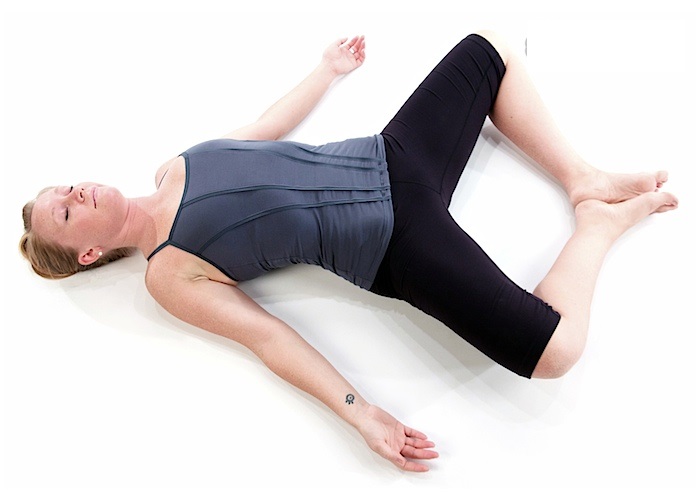
- In supine position on your back with your legs extended and your arms at your sides on soft mat.
- The soles of your feet put together and pull your heels as close to your groin as possible gradually as you feel gentle stretch.
- Hold the stretch for 8 to 10 seconds.
- Then bring your knees together and up which will push your feet to the floor and hold that position for 8 to 10 seconds.
- Lower your knees and extend your legs to repeat the exercise.
- Perform 5 to 10 repetitions.
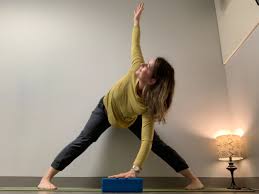
Fan Pose exercise
- In standing position with Keep your feet wide apart, turning your toes inward.
- Breath out gently, turn in the hips forward. Place both hands on a yoga block in front of you.
- Take a deep breath in and then breath out again, lift up one arm up towards the ceiling.
- Hold the position for 5 to 10 seconds then relax, Repeat on the other side.
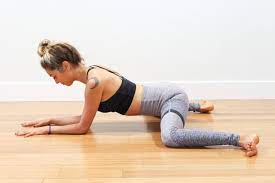
Frog pose exercise
This stretching exercise is a “hip opener,” which means it can help you improve flexibility in your hips and inner thighs.
It’s also help to strengthen your core muscles.
- Take prone all four position(quadruped) on soft mat, with knees wide apart and feet to the sides. Place your both hands flat on the floor, about shoulder-width apart.
- Your hands should be aligned beneath your shoulders, and your knees beneath your hips. Keep your knees bent and your ankles behind you, in line with your knees, Turn your toes out to the sides.
- Then start to push your knees out to the sides gradually.
- When you start to feel the stretch on your inner thighs and groin, stop pushing and breath again before you continue pushing. Hold for 8 to 10 seconds and then return to starting position. Repeat this exercise 10 times.
How to strengthen obturator internus?
Common exercises that strengthen your lower limb with the help of body weight mainly are stair climbing, running, squats, lunges and jumping exercise are also strengthen obturator internus muscle. This exercise helps you maintain your balance and joint alignment to prevent falls, injuries and movement.
Full squat exercise :
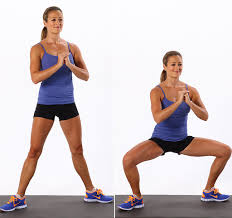
In standing position, your feet are width apart and flat on the floor and your toes are either toe-out position (laterally rotated), your knees are straight, and your trunk is also straight, starts squatting gradually down. Your ankles, knees, and hips will bend in simultaneously while keep your spine stays straight.
As you starts to lower, your knees will go forward over your toes, and your hips will go backward to keep your body-weight over your feet (centrally).
Your trunk and pelvis will stay neutral position and straight as you bend at your hips. At the lowest depth, your pelvis will be in relative alignment with your shins. Ideally, your pelvis will remain in a neutral position, without tilting forward or backward.
Try to keep Your knees and feet alignment when viewed from the front.
The full squat improve significant mobility in several joints — namely your hips, knees, ankles, and even your lumbar spine and also improve strength of related muscles mainly quadriceps, obturator internus, Glutei and calf muscles and also related spinal muscles.
Lunges :

- In Standing Position with one step forward until your leg reaches a 90-degree angle, Then Lift your front lunging leg to return to the starting position.
- Repeat 8 to 10 repetitions on one leg or switch off between legs and Gradually increase the repetitions per leg.
- 2nd Day 10 to 12 repetitions and 3rd Day 10 to 12 repetitions and Gradually increase more repetitions as per stamina of your Body.
Clinical Importance :
Obturator internus makes fascial attachment with the pelvic floor muscle(PFM), strengthening exercise may play an vital role in normal function of Pelvic floor muscles.
The internal pudendal vessels and pudendal nerve cross the obturator internus muscle though a canal which is formed by the obturator fascia a canal called is Alcock’s canal. The pudendal nerve originates in the branches of the S2-3, and S4 nerve roots. It provides motor function to the muscles of the perineum and is the primary sensory stimulator of the genitalia. The pudendal nerve often becomes compressed by the obturator fascia, which can cause all kind of unexpected pelvic symptoms.
FAQs
The bilateral, triangular-shaped obturator externus and internus originate in the pelvis and attach to the greater trochanter of the femur. The obturator muscles collaborate with the muscles around them to create hip motion. The hip’s outward rotation is their main job.
The lower limb’s obturator internus muscle is located in the gluteal area. It is a component of the pelvic cavity’s lateral wall. Attachments: originates at the obturator foramen from the pubis and ischium. It passes via the minor sciatic foramen before connecting to the femur’s greater trochanter.
When the hip is neutral and at 90 degrees of flexion, the obturator internus’ primary function is to externally rotate the femur. The adduction of the femur when the hip is in flexion is its secondary action.
One day, a patient might say to have pain in their buttocks or on the lateral side of their hip. Then, on a different day, they may describe a burning-like discomfort at the “sit bone,” where the hamstring muscle inserts, or sometimes all three at once.
Hip Joint
The lateral wall of the pelvis includes the deep hip joint muscle known as the obturator internus. It is located in the obturator membrane’s superior inner side.
The obturator muscles collaborate with the muscles around them to create hip motion. The hip’s outward rotation is their main job. Additionally, the obturator internus aids in the abduction of the flexed hip whereas the obturator externus aids in the adduction.

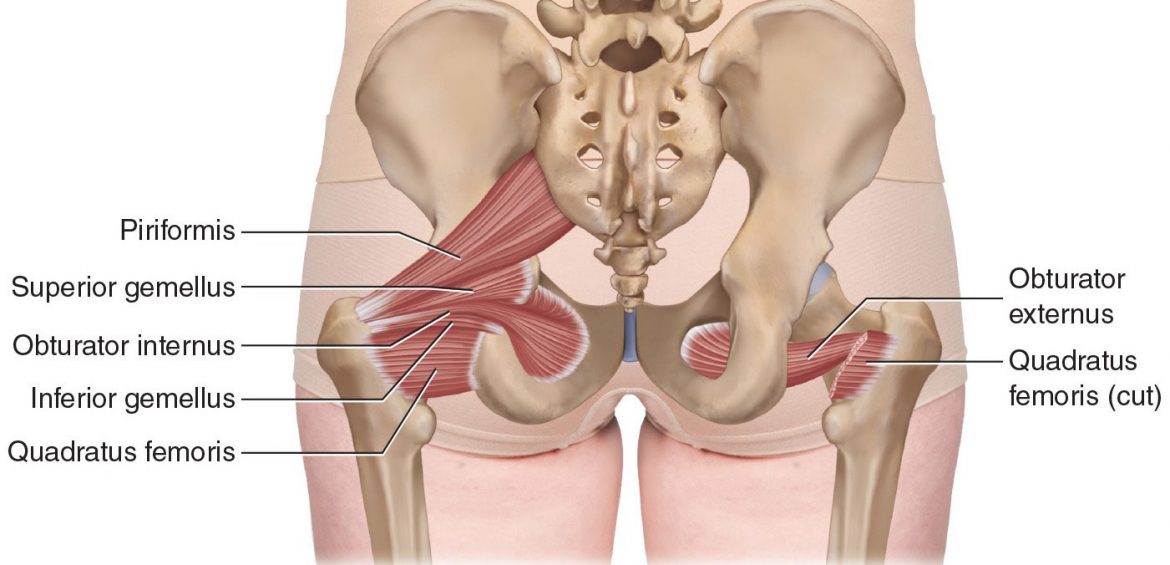
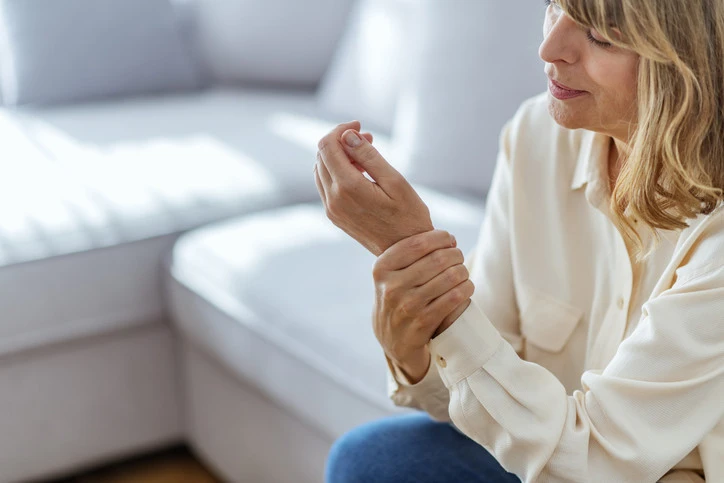
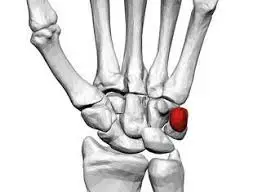
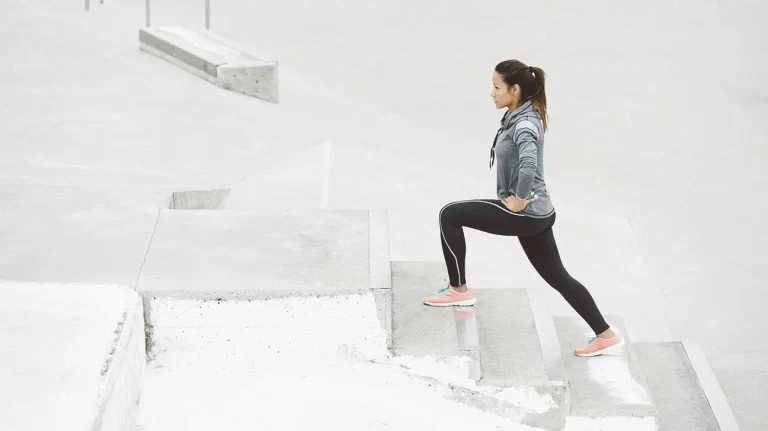

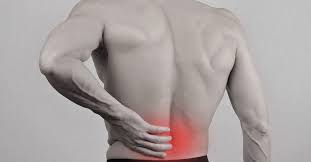
2 Comments